(4869 products available)
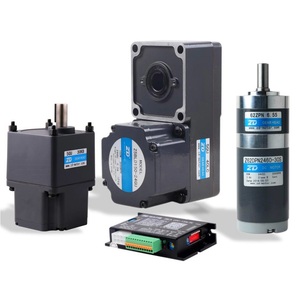


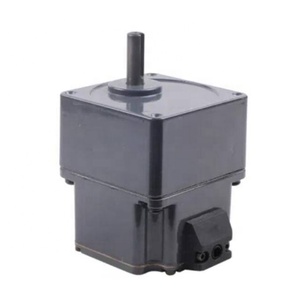
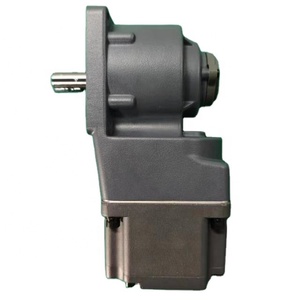



















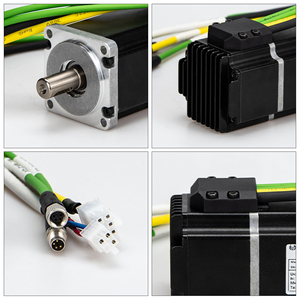
















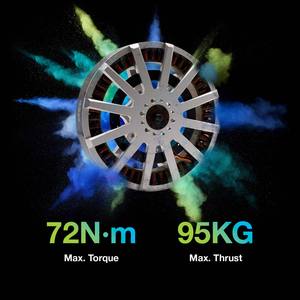


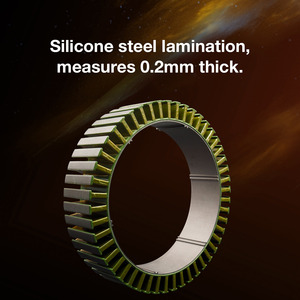
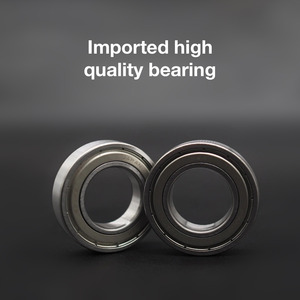




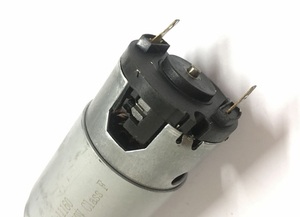
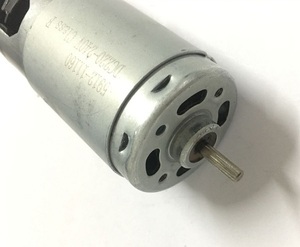













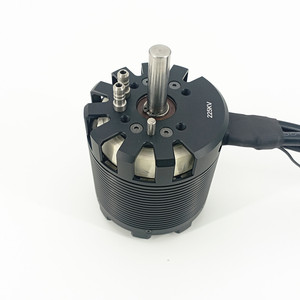

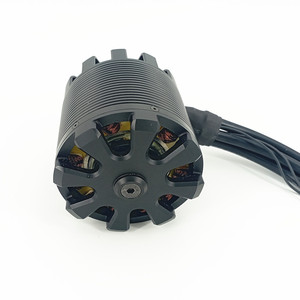
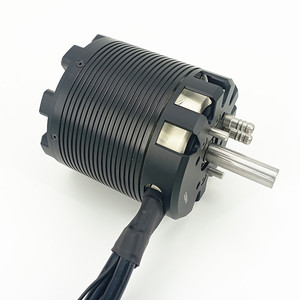









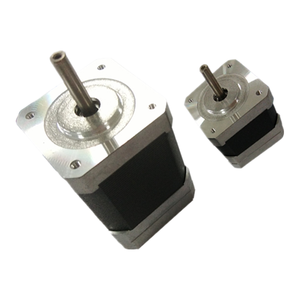
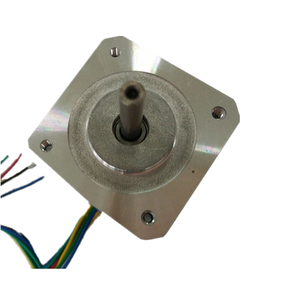

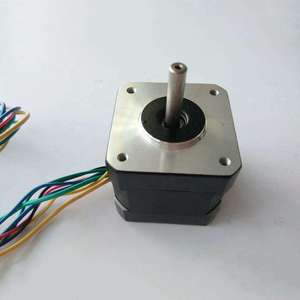



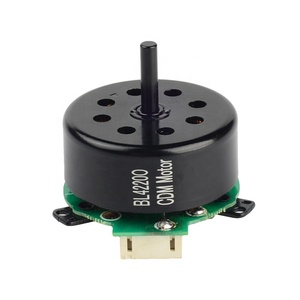
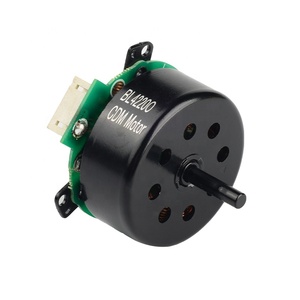
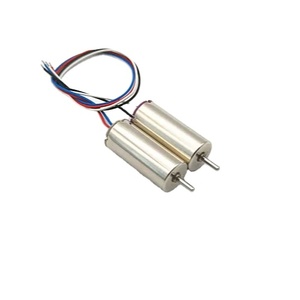












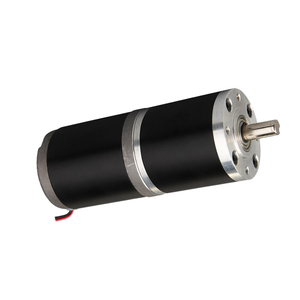










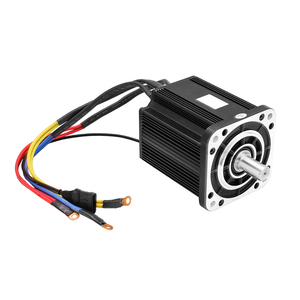

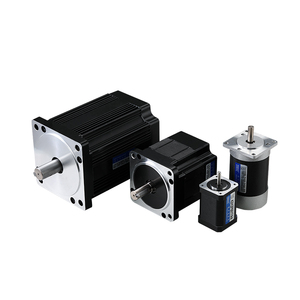



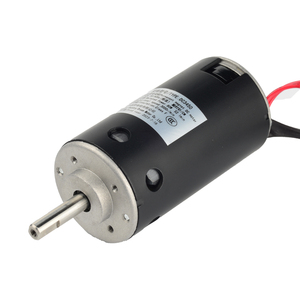

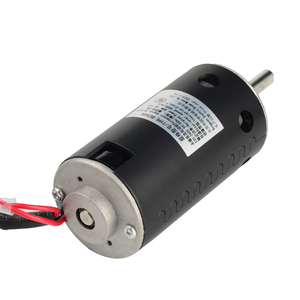

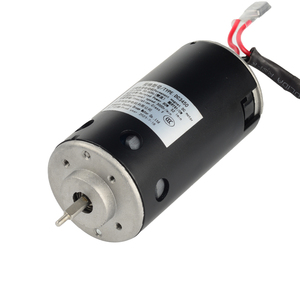









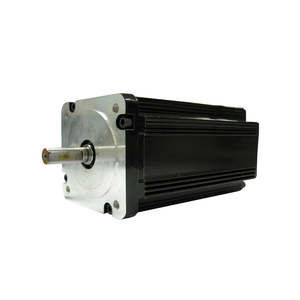



















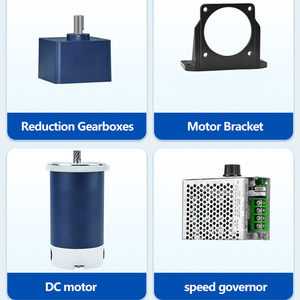












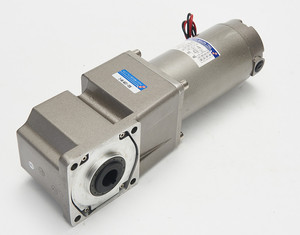





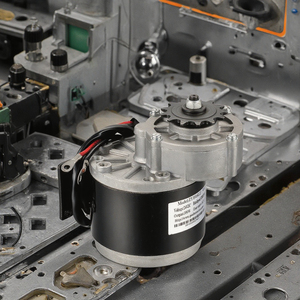












This type of motor provides electrical contact through brushes. The brushes transfer the direct current to the commutator. The commutator then converts the direct current into electromotive force. This movement creates an oscillating magnetic field. The oscillating magnetic field causes the rotor to move. As a result, it provides the rotational mechanical power of the motor.
A brushless DC motor utilizes electronic controllers instead of the conventional mechanical brushes for commutation. The absence of brushes innovates the motor by reducing wear and tear due to friction and allowing for higher efficiency. The electronic commutation permits better precision in speed and position control. Consequently, this leads to wide-ranging applications in areas that necessitate high reliability and efficiency, like in robotics or aerospace.
This motor uses permanent magnets to create the magnetic field instead of electromagnets. It simplifies the design and generally makes the operation more efficient. Also, it provides a more compact form. Besides that, it showcases excellent performance for low to moderate power applications.
In this category, the field coils are connected in series with the armature winding. This means that the current flowing through the armature also passes through the field coils. It results in that the field strength increases as the load on the motor increases. This is what makes series-wound dc motors very powerful at low speeds. Another thing is that they are ideal for heavy load applications.
The shunt-wound dc motors have field coils connected in parallel or shunt with the armature winding. This means that the field coils have a constant current that ensures a stable output voltage. It makes them suitable for constant-speed applications where stable output is of utmost importance.
In robotics, the motor comes in handy in providing high power and efficiency. It makes the motors ideal for driving actuators and wheels in electric robots. Their capability of adjusting speed and torque leads to accuracy in maneuverability. Hence, it impacts robotic performance for complex operations.
These EVs incorporate the motor as part of their powertrain systems to offer optimal performance. It is a critical component used in the conversion of battery-stored energy into mechanical energy for the vehicle's movement. Its high voltage and efficiency allow for extended range and faster speeds. Therefore, it will enhance overall energy utilization in electric cars.
The 100v dc motors are extensively used in medical equipment such s respirators and artificial hearts. Most of these devices rely on precision and reliability during surgery. The electrical protection offered makes it suitable for such critical medical applications. Its compact size also allows easy integration into portable devices.
These motors are used to power various industrial machines. For instance, they help in driving conveyors, compressors, and pumps. Their high torque and power output make them suitable for heavy-duty applications. Their ability to adjust speed and torque keeps them versatile for different workloads in manufacturing processes.
In the aerospace sector, these motors power actuators and pumps in aircraft systems. Their ability to perform well under variable speed while providing high efficiency makes them reliable in this field. Besides, light in weight, the motors are suitable for both space and flight applications.
These motors also feature in wind and solar energy systems. They are mostly used to convert energy generated by wind or sunlight into electrical power. Their high voltage and efficiency make them suitable for these renewable energy systems. They help improve energy conversion rates, hence contributing to a more effective and sustainable energy ecosystem.
Voltage Rating
This electric 100v motor operates at 100 volts direct current. This makes it ideal for high-voltage applications. Not to mention, its design ensures effective performance in these high-voltage environments.
Power Output
The power output ranges from a power output of 1000 to 2000 watts. This allows it to handle heavy-duty operations. So, it serves well in industrial or automotive contexts that need considerable power.
Speed
It functions at a no-load speed of about 4000 RPM. Also, under load, its speed reduces due to the constant voltage and power. Although the reduction varies with loads, it often still maintains effective performance.
Torque
A permanent magnet ensures that the torque value remains high even at lower speeds. Its peak torque can reach as high as 5 NM. In adverse circumstances, the torque goes down like it would with any isolated direct current motor.
Construction
It comes with ball bearings that ensure smooth running. Unlike the less power-dense series-wound dc motors, shunt-wound dc motors had a permanent magnet incorporated for their field. Its construction comprises an armature, commutator, and brushes, as does any dc motor. It is the part that rotates within the field and induces the electromotive force.
Dimensions
These electric motors have different dimensions depending on their various designs and applications. Such sets can also be customized, particularly when needed for integral systems.
Mounting
Securely mount the motor on a stable base or frame, ensuring proper alignment with the load or drive system it will be connected to. The mounting should minimize vibration and allow easy access for maintenance. Use appropriate mounting hardware, such as bolts or brackets, depending on the motor's design and the environment (e.g., industrial vs. mobile applications).
Electrical Connections
Connect the motor to the power supply, ensuring the voltage level is appropriate for the motor (in this case, 100 volts DC). Use heavy-gauge wires to handle the current without overheating. Insulate and secure all connections to prevent short circuits. Optionally, use circuit breakers or fuses to protect the motor from electrical overloads.
Control System (If Applicable)
If the application requires it, integrate the motor with a control system. For instance, in robotics or electric vehicles, the motor may be connected to a speed controller or a microcontroller. Ensure the control system components are rated for the motor's electrical load.
Load Attachment
If the motor will drive a mechanical load (like a wheel in electric vehicles or an industrial conveyor belt), connect the load to the motor shaft. Ensure a proper coupling to avoid slippage or damage.
Safety Check
After wiring everything, one must inspect for loose connections, frayed wires, or any other potential hazards. Troubleshoot the system and ensure everything works smoothly with safety protocols in place.
Regular Lubrication
The bearings of the dc motor should be regularly lubricated with quality grease or oil to reduce friction and wear. The frequency of lubrication will depend on the motor's operating environment and usage. For heavy-duty or industrial applications, lubricate more frequently than in light-duty or controlled environments.
Brush Inspection and Replacement
Brushed DC motors should have their brushes inspected periodically for wear. In applications where the motor is used continuously or under heavy loads, check the brushes more often. Replace worn brushes to prevent damage to the commutator and ensure efficient motor operation. By following the manufacturer's guidelines, one can know the average lifespan of the brushes.
Dust and Debris Removal
Dust and debris accumulation can impact motor performance and cooling. Therefore, in this case, it's important to regularly clean the motor surface and its surroundings. In more demanding environments with high levels of dust or particulates, mount the motor in an enclosure or use filters to reduce contamination. Just make sure to use non-flammable and non-conductive materials to avoid accidents.
Heat Monitoring
Frequent check-ups of the motor's temperature can help prevent overheating. Overheating can cause insulation damage and decrease motor lifespan. So, one should ensure the motor's cooling system (like fans or vents) is working properly. In cases where it is used heavily, provide additional cooling solutions, such as external fans or water cooling.
Vibration and Noise Monitoring
Excessive vibration or unusual noise indicates possible mechanical issues like misalignment, imbalance, or bearing wear. Monitor for these signs. Actually, one should address them immediately to avoid further damage. In addition, check for motor misalignment and use a vibration analysis tool to detect early mechanical failures.
Power requirements
It is important that buyers first determine the power needs of the application where the motor will be placed. Will it need high torque for heavy-duty operations or low torque for light operations? Knowing the torque and power requirements will help one find the right motor that will perform the job correctly without struggling.
Speed
Speed requirements also vary for different applications. So, one should look for a motor with an RPM range that corresponds to the intended use. If there will be variable speed needs, make sure the motor has speed controllability to easily adjust the speed whenever the need arises.
Operating conditions
It will be better to analyze the environment the motor will be subjected to. Will it be within outdoor space or within a machine room? The motor should be able to cope with temperature extremes, humidity, and even dust levels. If the operating environment is harsh, going for industrial-grade motors built with weather and dust-resistant features will be ideal.
Size and installation requirements
The motor's physical size and its installation need should also be put into consideration. Ensure there is enough space for the motor to fit, and it will be easy to install. Do not forget to assess the mounting options available to see if they will suit the application.
Cost and budget
Last but not least, always compare the cost against the performance and the long-term benefits it will bring. While this motor might seem costly, considering its durability and high performance will give it an edge and might even make it worth the investment. So, carefully analyze all these aspects and decide based on how the motor will perform and its cost.
A1. The 100 volts dc motors are commonly used in electric vehicles, industrial machinery, medical devices, and robotics. They are suitable for high-voltage applications and provide power and efficiency.
A2. These motors are ideal for high-voltage applications, offer efficiency, provide speed control, and have power output, which makes them suitable for heavy-duty operations.
A3.The motor should frequently be checked for wear and tear, particularly if used under heavy loads. During light usage or in controlled environments, it can be less frequent. Regular maintenance ensures longevity and optimal performance.
A4. The motor should be maintained regularly, and load and environmental factors should be considered during operation. Proper maintenance goes a long way in ensuring the motor lasts longer.
A5. There are several factors to consider, such as the motor's power needs and operating condition, speed range, the installation space available, and the cost. They should evaluate the feasibility of each motor based on these factors.